Inland waterways, coastal shipping, rail, and road connections are all essential for the future of the alliance between India and Bangladesh, according to Indian High Commissioner to Bangladesh Pranay Verma.
We have a straightforward connection philosophy. "The goal is to leverage our close proximity to create fresh economic prospects for our nations as well as the wider region," he stated.
They have more in mind than merely physical connectivity, according to the High Commissioner. "It includes energy connectivity and digital connectivity as well."
At the opening ceremony of the Sultanganj, Godagari Port of Call and the flagging-off of a cargo vessel from Sultanganj to Maia on Monday, the High Commissioner stated that India has become the biggest destination for Bangladesh's exports in Asia over the last two years, having crossed the two billion dollar threshold.
From Maia to Sultanganj, an identical vessel was flagged off from the Indian side.
"The fact that the economies of both Bangladesh and India have grown at high rates during the same time that our connectivity links have grown, empirically proves that greater inter-linkages between our economies have mutually rewarded and reinforced each other's growth," he stated.
He characterized the incident as yet another potent illustration of the revolutionary shifts in India-Bangladesh ties that have occurred over the past 10 years thanks to the inspirational leadership of Prime Ministers Sheikh Hasina and Narendra Modi.
"This transformation is most clearly visible in the rapid growth of our economic engagement and our connectivity links," stated the High Commissioner.
He claimed that both parties have a strong political resolve to change the connectivity between Bangladesh and India quickly.
The High Commissioner stated, "We are re-connecting our two countries with our contiguous geography and shared history and culture."
The utilisation of Bangladesh's and India's river systems for mutual benefit is progressing thanks to the Protocol on Inland Waterways Trade and Transit (PIWTT).
"The re-opening of Maia-Sultanganj route shows our determination to move towards even greater utilization of the river transport for trade and travel," the Indian ambassador stated.
India and Bangladesh are always working to strengthen their economies.
Bangladesh hopes to become "Smart Bangladesh" by 2041, a developed nation propelled by the information economy.
By 2047, India is committed to becoming "Viksit Bharat" and entering the ranks of the developed world's economy.
"These overlapping visions of development create new opportunities for our cooperation built upon our new capabilities and new aspirations," stated the High Commissioner.
According to certain assessments, enhanced trade and transportation laws and infrastructure between India and Bangladesh, together with seamless transit connections, have the potential to boost Bangladeshi exports to India by about 300%, according to Verma.
"As Bangladesh makes the important economic graduation to become a developing country in 2026, we look at Bangladesh as an even more valuable economic partner," he stated.
In light of this new situation, Verma stated, negotiations on a Comprehensive Economic Partnership Agreement (CEPA) will soon begin. With this agreement, the two nations will be able to take advantage of each other's developing potential.
Improving connectivity and promoting multimodal connectivity is the key to unlock the true potential of our cooperation and take our economic, cultural and people- to-people connections to a new era commensurate with the 21st century hopes, expectations and aspirations of our people, he said, adding that better connectivity is central to improving the ease of doing business and the ease of living, both key priorities of current leaderships.
The High Commissioner reaffirmed that, in contrast to other bilateral relationships, Bangladesh and India have a particular and unique bond.
It goes beyond just being a tactical alliance. Our common history, language, culture, and intense empathy for one another bind us together. They are predicated on common interests and ideals," said.
Most crucially, though, according to High Commissioner Verma, they have their roots in the communal sacrifices made during the 1971 Liberation War.
"Our connectivity initiatives are also guided by that same spirit of mutual empathy and interdependence centered on the welfare and well-being of our peoples and our future generations," he stated.
End//voice7news.tv




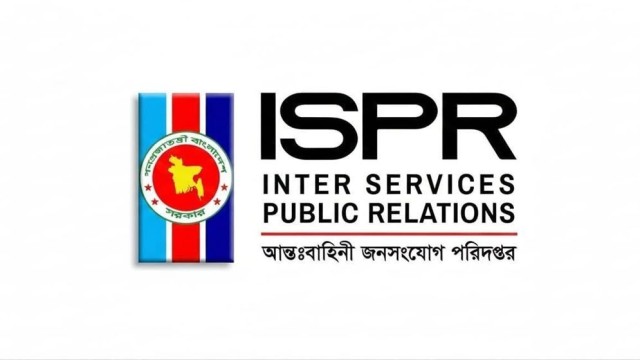
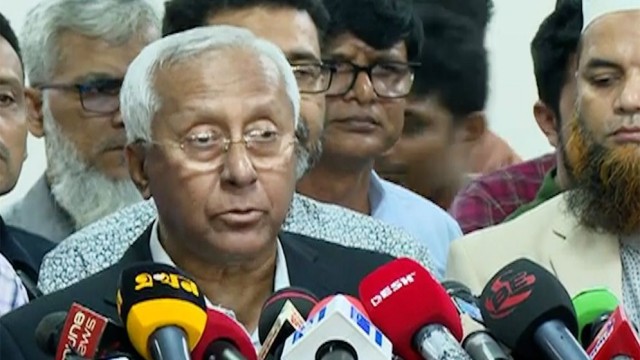

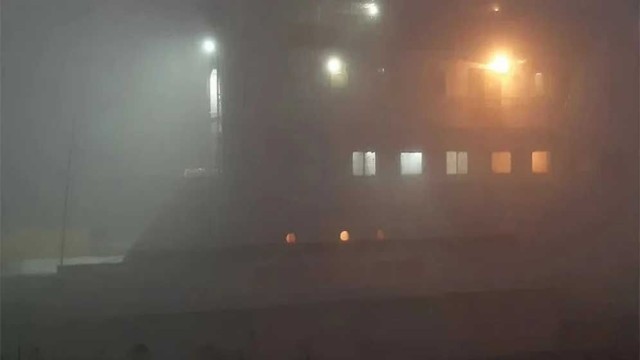

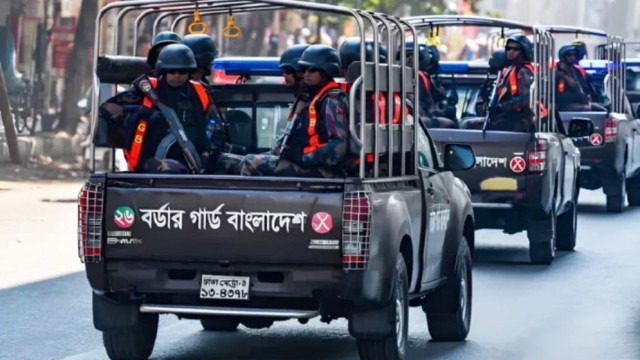
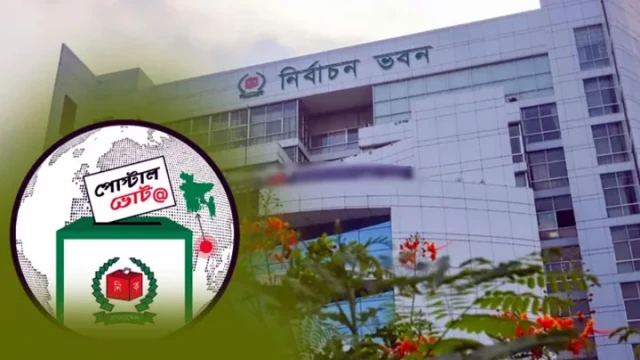
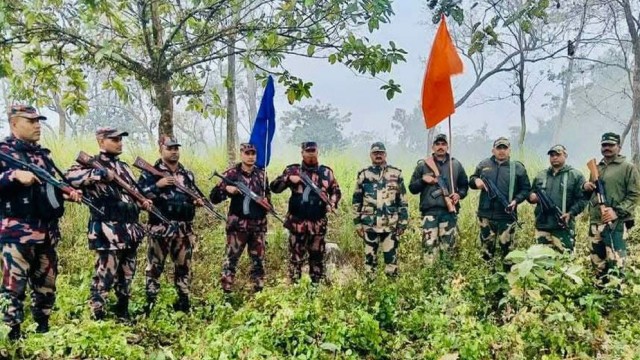

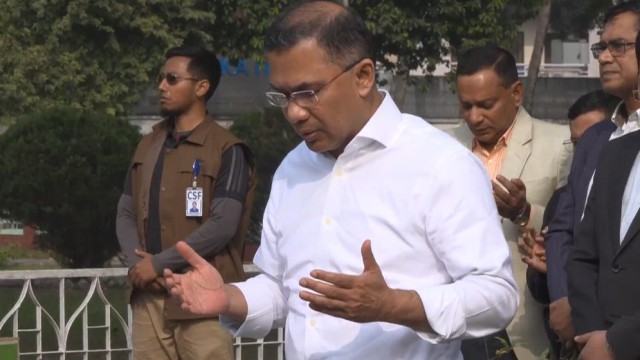
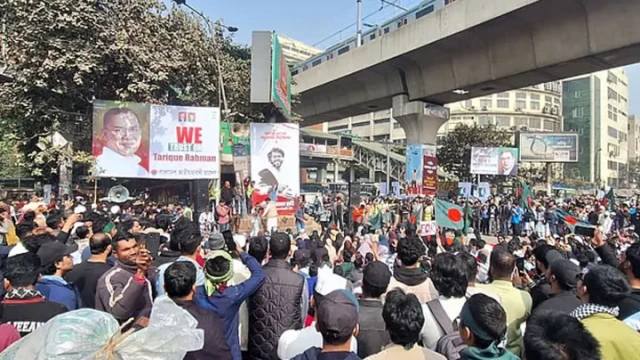
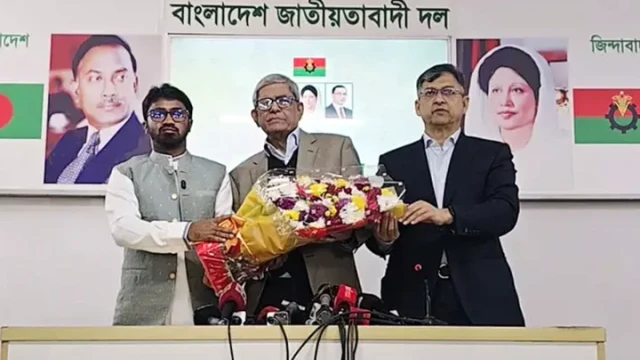
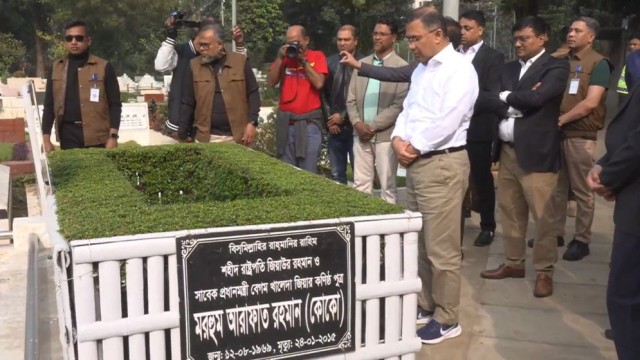
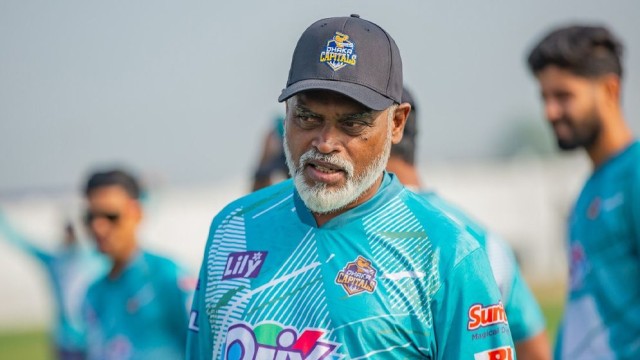


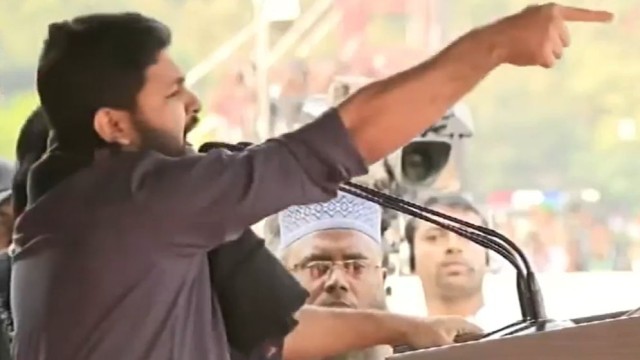

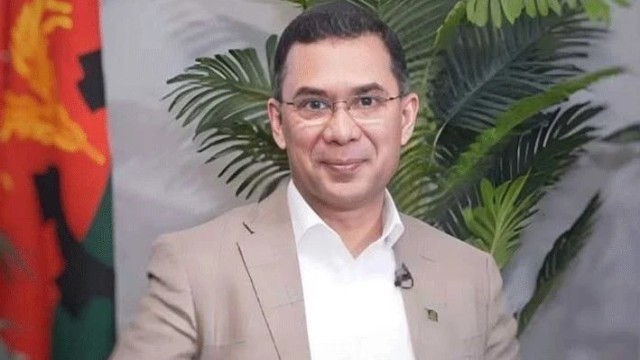

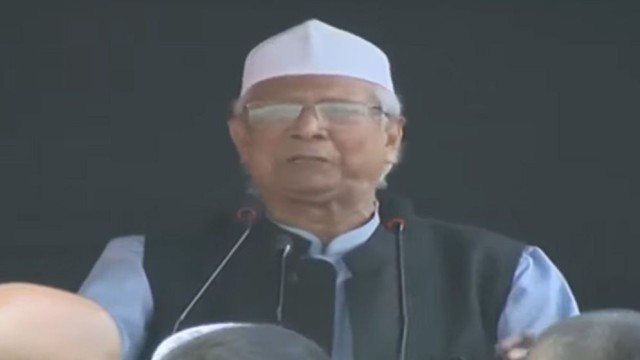
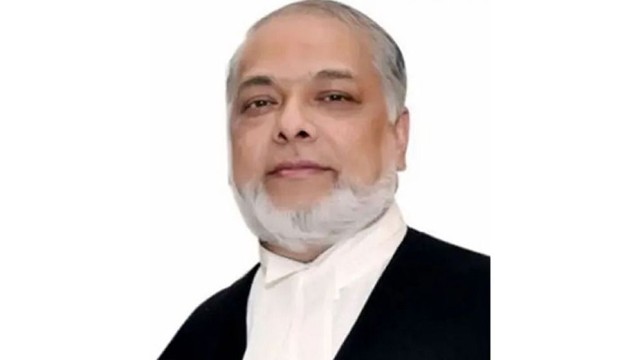
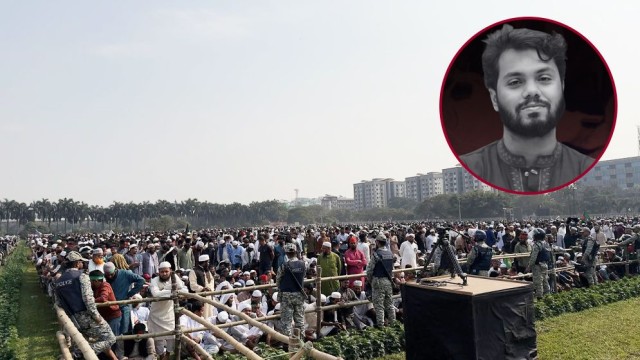
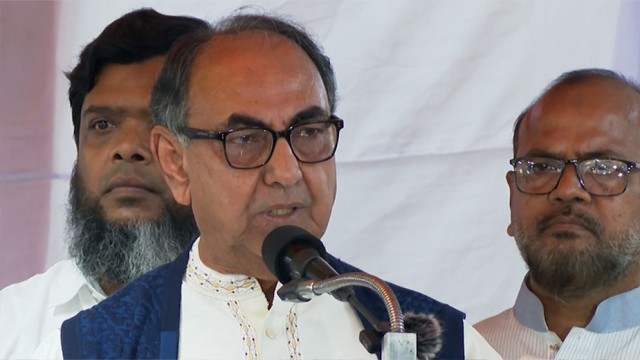
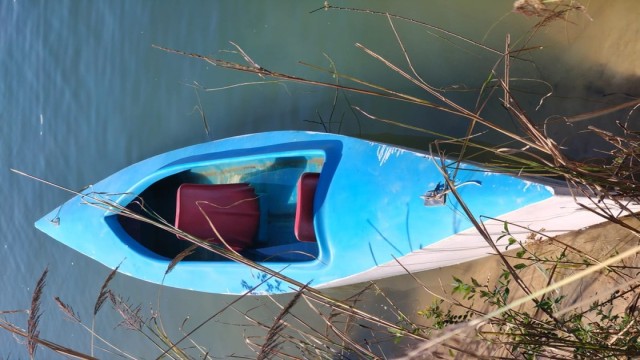
Comment: